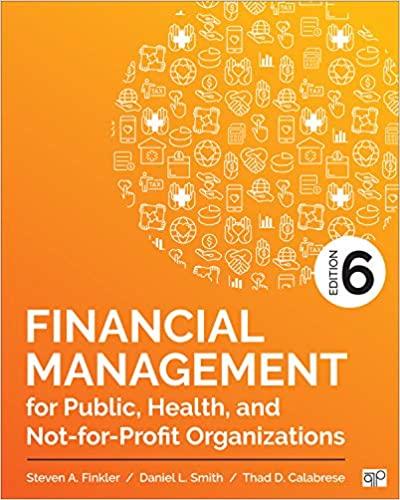Question
You must analyze a potential new product--a caulking compound that Cory Mateials' R&D people developed for use in the residential construction industry. Cory's marketing manager
You must analyze a potential new product--a caulking compound that Cory Mateials' R&D people developed for use in the residential construction industry. Cory's marketing manager thinks the company can sell 115,000 tubes per year for 3 years at a price of $3.25 each, after which the product will be obsolete. The required equipment would cost $150,000, plus another $25,000 for shipping and installation. Current assets (receivables and inventories) would increase by $35,000, while current liabilities (accounts payable and accruals) would rise by $15,000. Variable costs would be 60% of sales revenues, fixed costs (exclusive of depreciation) would be $70,000 per year, and fixed assets would be depreciated under MACRS with a 3-year life. (Refer to Appendix 12A for MACRS depreciation rates.) When production ceases after 3 years, the equipment should have a market value of $15,000. Cory's tax rate is 40%, and it uses a 10% WACC for average-risk projects. e. Unrelated to the new product, Cory is analyzing two mutually exclusive machines that will upgrade its manufacturing plant. These machines are considered average-risk projects, so management will evaluate them at the firm's 10% WACC. Machine X has a life of 4 years, while Machine Y has a life of 2 years. The cost of each machine is $60,000; however, Machine X provides after-tax cash flows of $25,000 per year for 4 years and Machine Y provides after-tax cash flows of $42,000 per year for 2 years. The manufacturing plant is very successful, so the machines manufacturing plant is very successful, so the machines will be repurchased at the end of each machine's useful life. In other words, the machines are "repeatable" projects. (1) Using the replacement chain approach, what is the NPV of the better machine? (2) Using the EAA approach, what is the EAA of the better machine? f. The CEO expressed concern that some of the base-case inputs might be too optimistic or too pessimistic. He wants to know how the NPV would be affected if these 6 variables were all 20% better or 20% worse than the base-case level: unit sales, sales price, variable costs, fixed costs, WACC, and equipment cost. Hold other things constant when you consider each variable, and construct a sensitivity graph to illustrate your results. g. Do a scenario analysis based on the assumption that there is a 25% probability that each of the 6 variables itemized in Part f will turn out to have their best-case values as calculated in Part f, a 50% probability that all will have their base-case values, and a 25% probability that all will have their worst-case values. The other variables remain at base-case levels. Calculate the expected NPV, the standard deviation of NPV, and the coefficient of variation. h. Does Cory's management use the risk-adjusted discount rate to adjust for project risk? Explain.
Step by Step Solution
There are 3 Steps involved in it
Step: 1

Get Instant Access to Expert-Tailored Solutions
See step-by-step solutions with expert insights and AI powered tools for academic success
Step: 2

Step: 3

Ace Your Homework with AI
Get the answers you need in no time with our AI-driven, step-by-step assistance
Get Started


